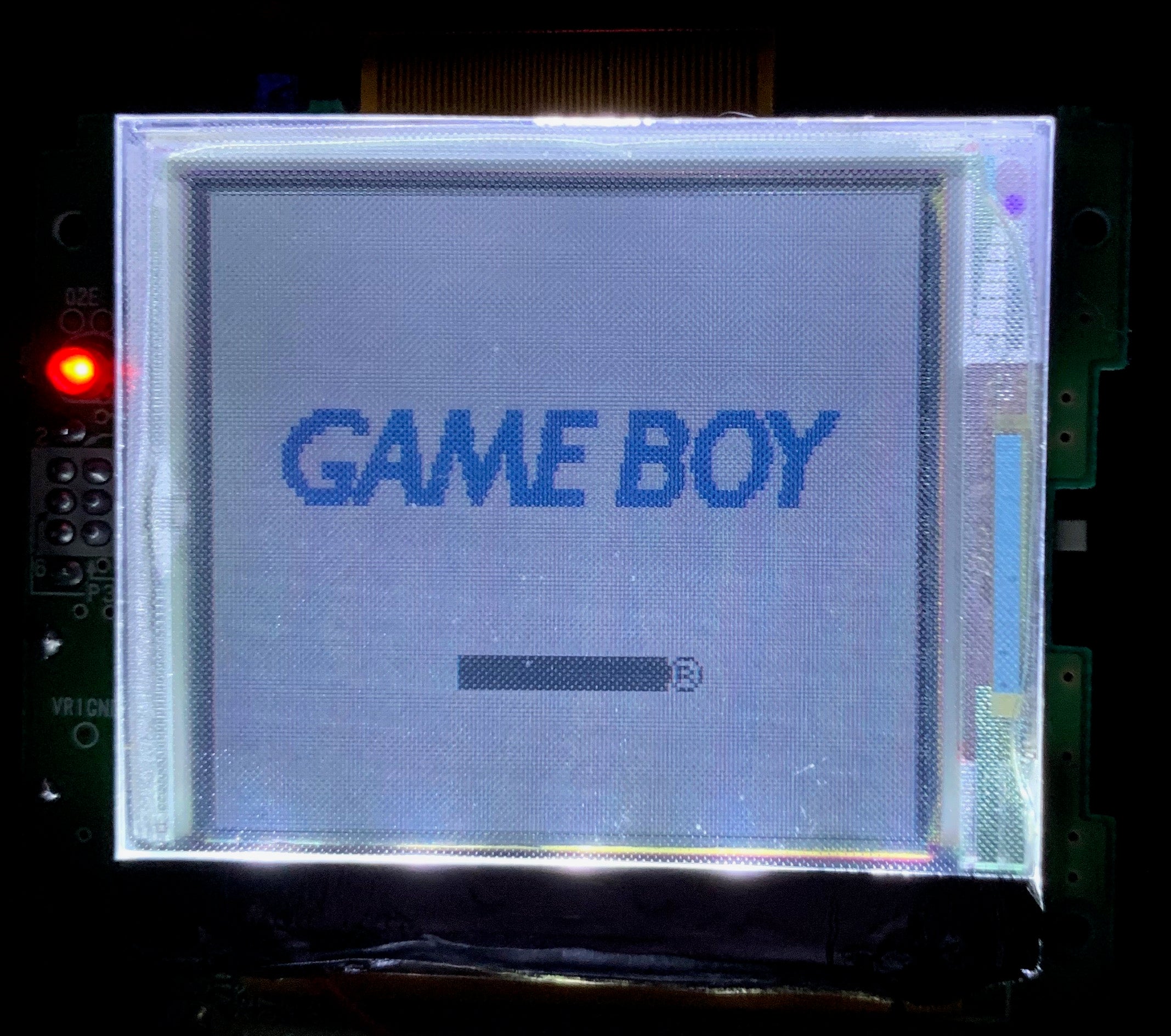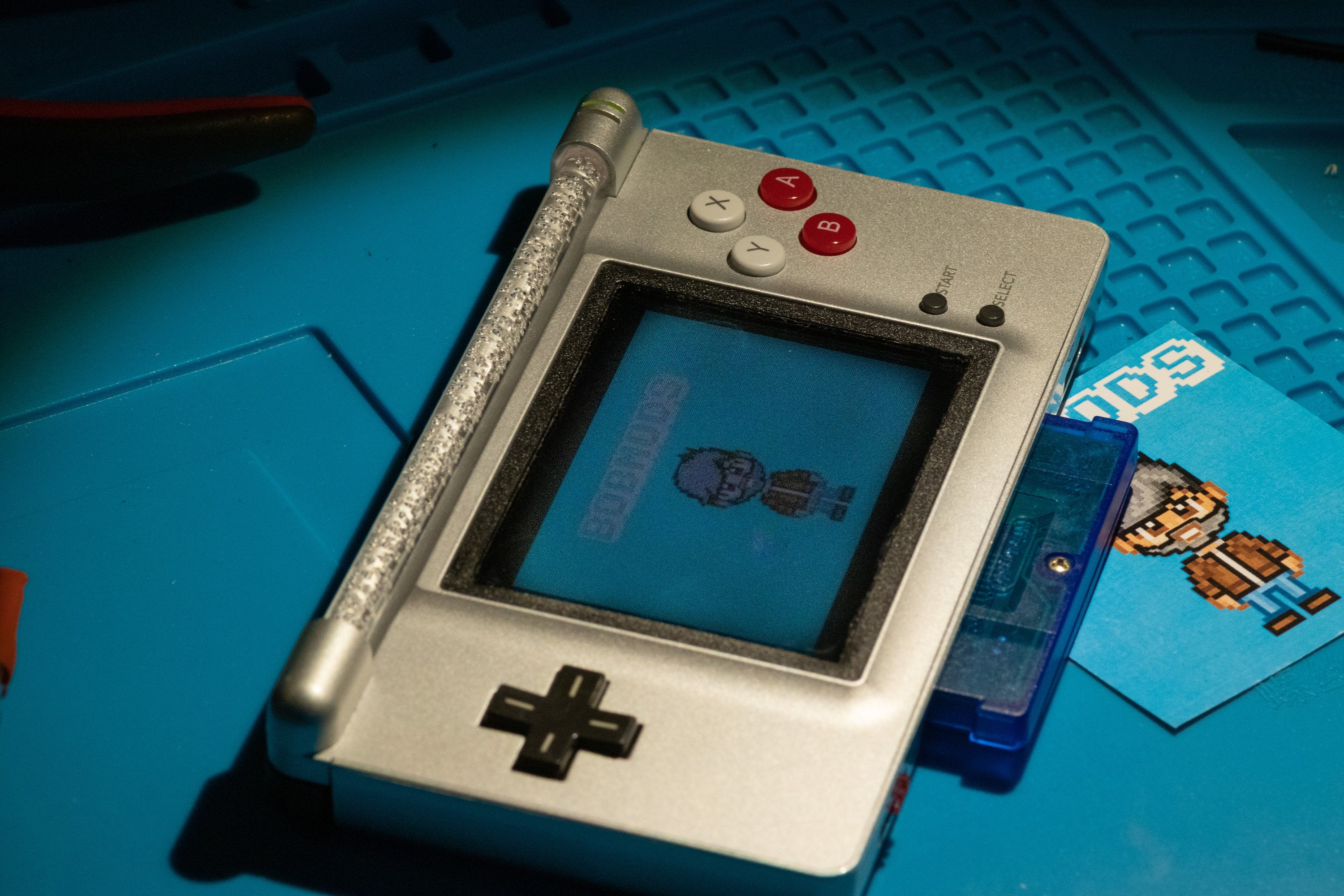In the last article we covered the tools of the trade, but this time we go through how to use and care for your soldering equipment. Tools are only as good as the techniques of the user and using them correctly will not only ensure they have a long service life but also give better results. To this end we will cover tip maintenance and proper soldering methods.
The chrome plated copper core tip is the keystone of soldering; it’s the part that comes in contact with what you are soldering after all. Abuse it, and it will have a short life and produce lots of cold, weak solder joints. Take these basic measures and you can expect years of use, producing strong, low resistance joints.

A shiny tip is a happy tip!
The most important thing is to always keep your tip clean. To this end it is necessary to wipe off debris (burnt flux remnants and oxides) formed during the soldering process occasionally which would only prevent heat transfer which is necessary to melt the solder.
There are two options to do this: a lightly dampened sponge or a soft brass cleaning pad. Which you go with is up to personal preference, but their job is the same. Periodically during soldering when your tip starts looking dull or covered in gunk you should gently wipe it against either cleaner to freshen the tip and bring it back to a nice shine and allowing better heat transfer.

Brass vs Sponge: Round 1 FIGHT!
(image courtesy of https://www.rchelicopterfun.com/rc-soldering.html)
Additionally, after every clean it is important to do what is called tinning the tip to prevent oxidation shortly after cleaning. To tin a freshly cleaned tip, apply a thin coat of fresh solder making sure it covers evenly. If you add too much, then just wipe the excess off and re-tin it. Finally, it is highly advisable to tin the tip before turning a iron off so that it will be protected and ready to go the next time you want to use it. After a little practice it will become second nature to clean and tin a tip and these two techniques will have the biggest impact on prolonging the life of your tip and giving the best quality of joints.
Ok, so now that our tip is clean and tinned now let’s move on to how to make a solder joint. Soldering is all about understanding how heat transfers, flux cleans the metal parts, and solder flows when it melts. Always keep these three points in mind when soldering and you can create strong, reliable joints. Before starting to solder, make a plan of attack: first, how will you hold the iron (at what angle and where will it contact)? To only apply heat for the minimum amount of time to create a good joint without damaging any parts we need to make heat transfer as quick and efficient as possible. This means we need to maximize contact area of the tip to the parts we are soldering so pick an orientation where the broadest side of the tip touches as much as possible and apply a little fresh solder to “wet” everything and facilitate conduction of heat so everything gets nice and hot. Make sure the contact angle (the angle between the board you are soldering and the soldering iron) is small enough or most of the heat will never even make it to the metal pad/pins (of course avoiding touching nearby components with the shaft of the hot iron).
This should take a second or two tops and then you can apply more solder to form the final joint right across from the contact point between the tip and metal pins. Melted solder will want to naturally flow towards the source of heat, soaking around metal pins and around pads in the process. Inspect a joint to make sure it is shiny and fillets like a mountain (as opposed to being dull and bulbous which are signs of a cold, weak solder joint).

Happy, shiny little solder joints
If you accidentally add too much solder use desoldering braid to remove some and try again or if the joint ends up cold then add flux and reheat. The final step is to clean any burnt or unused flux gunk off with isopropyl alcohol.
So what if you mess up and apply too much solder, or worse yet bridge a nearby pin that isn’t supposed to be connected? Well that’s what solder wick is for! To use it just lay it as flat as possible on top of the joint that you want to suck excess solder from, add a little solder to the broad side of the tip of your iron and press the tip such that there is as much contact with the wick as possible. This will ensure that heat can travel through to the solder underneath and once molten it will suck right into the wick! Then just cut off the used portion plus a few mm to be ready with a fresh section for the next use. It’s a good idea to make sure the wick is not oxidized and to practice a few times on some junk boards but once you get the hang of it wick will be your best friend.

Oh wick, how I love thee!
There, that’s all there is to keep your iron in tip top shape and making beautiful, strong solder joints. All it really takes is a keeping the tip clean and tinned and a little practice thinking about how heat transfers, flux cleans, and solder flows before making a joint and applying those concepts during the process. I started out making the absolute worst solder joints when I was a kid, to now being able to hand solder tiny surface mount chips, so I am absolutely sure that anyone can learn to do the same!



